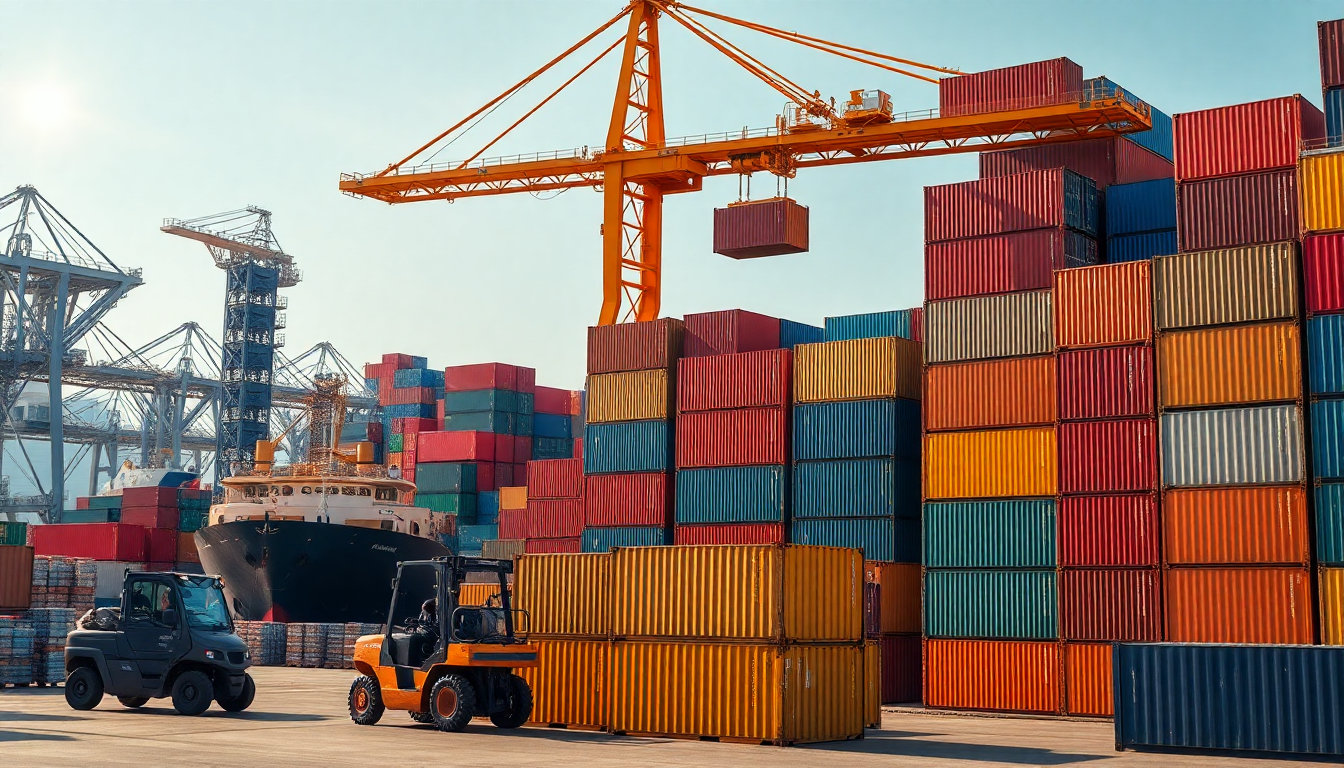Argomenti trattati
In today’s interconnected world, understanding the dynamics of global shipping isn’t just a luxury—it’s a necessity for consumers and businesses alike. With e-commerce booming, efficient order fulfillment is more critical than ever. So, what really goes on behind the scenes of international shipping? This article unpacks the operational frameworks that drive this complex system, including timelines, warehouse locations, and the perks of reliable shipping solutions.
Shipping Timelines and Procedures
When you place an order, how often do you find yourself wondering about the delivery timeline? It’s a common question. Typically, shipments are dispatched within 1 to 3 business days, not counting holidays. This quick turnaround is essential for keeping customers happy and ensuring products arrive on time.
But what about international shipping? Timelines can vary significantly depending on your destination and the warehouse from which your order is fulfilled. For instance, shipments sent from the U.S. warehouse can reach you in as little as 1 to 7 days. Likewise, parcels from the EU warehouse are delivered swiftly across most European countries, also averaging 1 to 7 days. If you’re in Australia or New Zealand, you can expect the same fast arrival window from the Australian warehouse.
Now, if your order is coming from the Chinese warehouse, things get a bit more complicated. Delivery times can range from 4 to 7 days but may stretch to anywhere between 8 to 20 days depending on the destination. Understanding these timelines is crucial for setting realistic expectations when you make a purchase.
Global Warehouse Locations
Have you ever considered how the location of warehouses affects shipping efficiency? The strategic placement of these facilities is key to optimizing delivery. Right now, there are four main warehouses supporting global shipping: one in the United States, another in Europe, one in Australia, and the last in China. This distribution allows for broad coverage, ensuring that customers in different regions can enjoy faster shipping times.
For customers in the U.S., the domestic warehouse is a game-changer, cutting down both shipping costs and delivery times. Meanwhile, the EU warehouse acts as a central hub for European customers, simplifying the shipping process across multiple countries. The Australian facility caters specifically to the Southern Hemisphere, while the Chinese warehouse supports global shipping to a diverse range of destinations.
In today’s market, efficient shipping logistics aren’t just nice to have—they’re vital. They allow businesses to enhance their service offerings while ensuring customers receive their products promptly. As e-commerce continues to expand, the importance of strategically located warehouses will only grow.
Key Benefits of Reliable Shipping Solutions
What sets modern shipping solutions apart? One standout feature is their adaptability. Take innovative products like the Tridaptor, for example. They seamlessly integrate with various optical instruments, significantly enhancing the user experience. This adaptability allows for quick adjustments to align with different eyepieces, which is particularly beneficial for those diving into astrophotography or other optical pursuits.
Plus, these adapters are designed for ease of use, enabling quick adjustments without the hassle of constantly removing the device. This user-friendly approach lets you focus on enjoying your activities instead of wrestling with complicated equipment setups.
And let’s not overlook the quality of materials used in these shipping products. Items made from solid aluminum, for instance, offer a lightweight yet robust solution, enhancing the overall experience for users.
At the end of the day, reliable shipping solutions do more than just make it easier to receive your goods; they also foster trust and loyalty—key ingredients for staying competitive in the market.

